Maha Shivaratri -Celebrating Hindu Festival of Shiva and Antics of Naga Sadhus
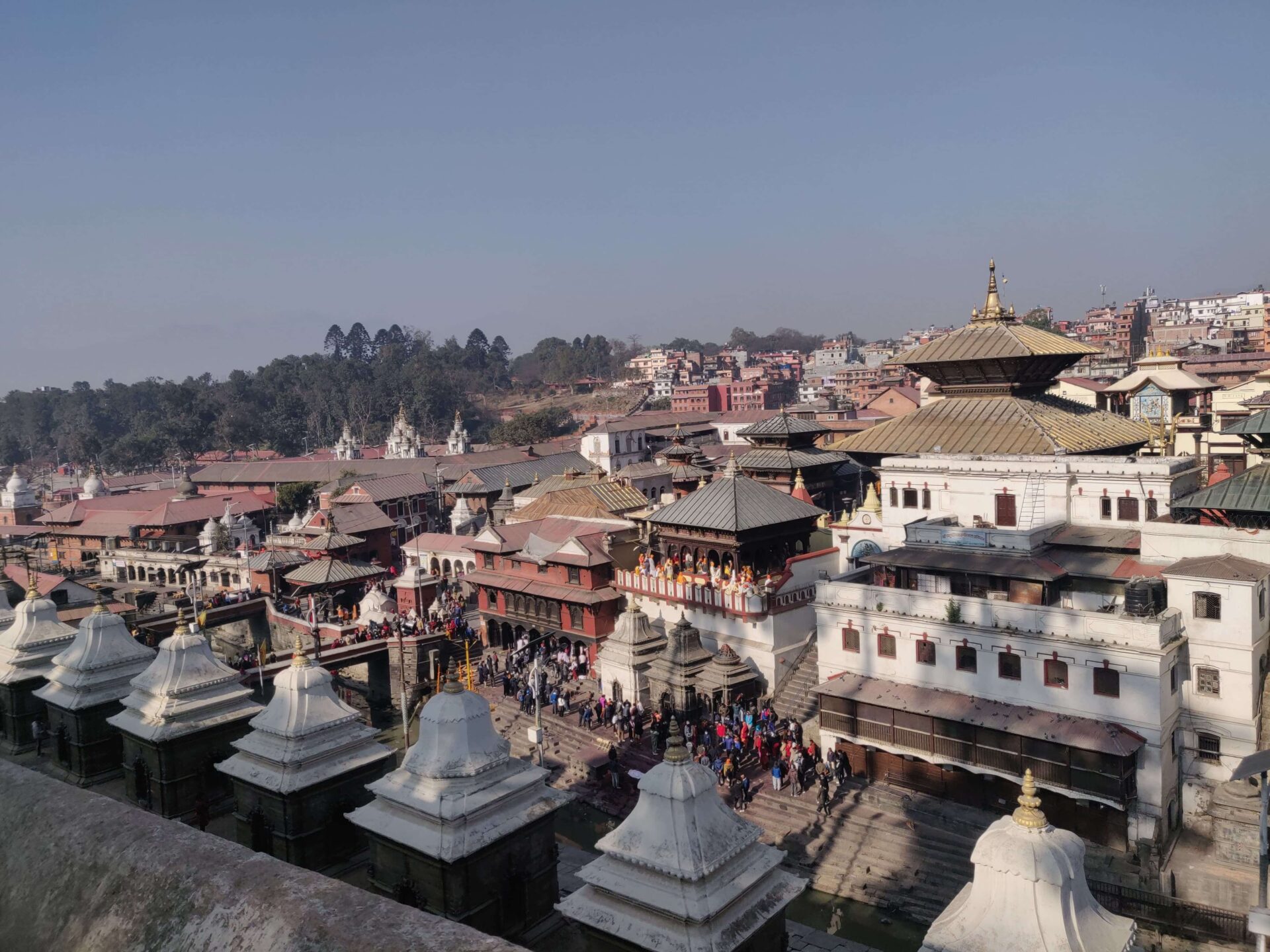
Mark your calendars and get ready to be dazzled! Maha Shivaratri (माहा शिवरात्री), Nepal’s most spectacular Hindu festival, bursts onto the scene annually, transforming the country into a vibrant kaleidoscope of colors, music, and devotion. Held on the 14th day of the waning moon in the Falgun month of the Nepali calendar, this night honors Lord Shiva, one of the principal deities in Hinduism, and is a time for spiritual renewal, joyous celebration, and community bonding.
The excitement is palpable as devotees across Nepal prepare for the festivities. Homes are adorned with intricate rangoli designs, the air is filled with the intoxicating aroma of incense, and everyone, from young children to revered elders, dresses in their finest attire. As the night unfolds, the energy reaches a fever pitch, particularly at the Pashupatinath Temple in Kathmandu, a UNESCO World Heritage Site and the holiest Shiva shrine in Nepal. Witness the mesmerizing aarti ceremony, where hundreds of oil lamps illuminate the night sky, and feel the infectious joy as devotees chant devotional hymns and participate in vibrant cultural processions.
Growing up in Nepal, Maha Shivaratri, or “The Great Night of Shiva,” was always a highlight, marked by vibrant sights, sounds, and a profound sense of community spirit. Celebrated with fervor in the heart of the Himalayas, this festival is deeply embedded in Nepal’s cultural and spiritual fabric, serving as a testament to the Hindu deity Shiva’s cosmic dance. It’s not just a local affair but attracts thousands of devotees worldwide, transforming Nepal into a sanctuary for worshippers, sadhus, and travelers. As the lunar calendar heralds the 13th night and 14th day in the month of Phalguna, the anticipation and the country’s transformation offer a powerful reminder of the rich cultural tapestry that binds Nepal together, inviting everyone to experience the magic of Maha Shivaratri—a celebration that leaves you feeling enlightened, inspired, and utterly exhilarated.
Brief Overview of Shivaratri
Shivaratri, signifying Shiva’s night, is a festival celebrated across various cultures but with a unique fervor in Nepal. It commemorates the occasion when Shiva performed the Tandava Nritya or the cosmic dance. According to the Hindu Festivals Calendar, this night is not just about austerity but also about understanding the deeper cosmic truths that Shiva embodies. Maha Shivaratri turns the spotlight on Nepal, showcasing its rich traditions, the chorus of devotees joining in prayers, and the elaborate rituals that define this spiritual sojourn.
The Significance of Maha Shivaratri
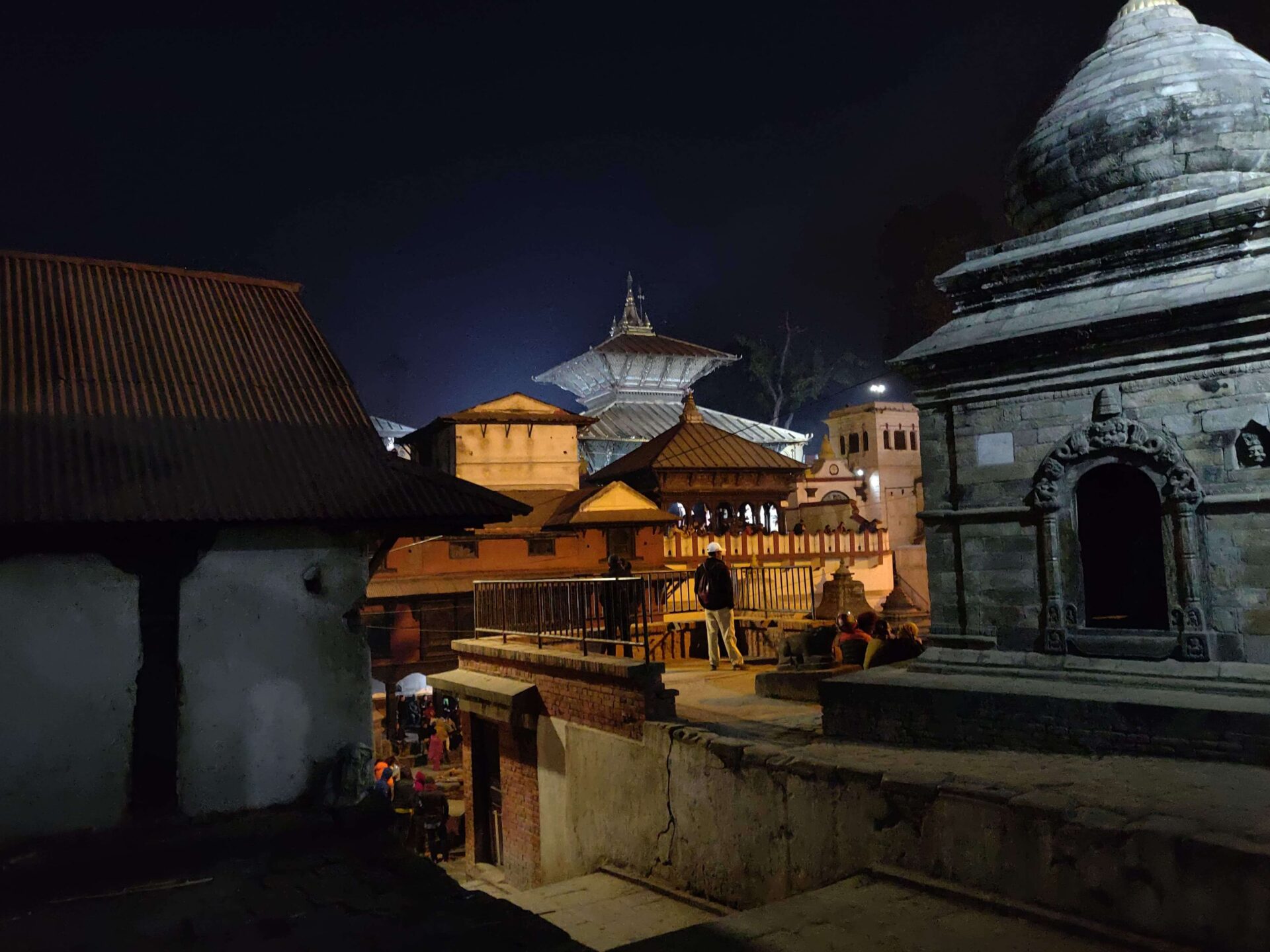
This night holds multifaceted significance, weaving together religious and cultural threads. Let’s delve into:
Religious Importance
For Hindus, Maha Shivaratri marks several significant events:
- Commemoration of Shiva’s Marriage: According to legend, this night marks the celestial wedding of Lord Shiva and Parvati, symbolizing the union of opposite forces – yin and yang, creation and destruction.
- Anniversary of Shiva’s Tandava: This cosmic dance of creation and destruction represents the cyclical nature of the universe and the power it holds.
- Night of Shiva’s Manifestation: Some believe this night marks the day Shiva emerged from the Linga, a pillar of light symbolizing the infinite and formless reality.
Cultural and Social Celebrations
Beyond religious significance, Maha Shivaratri is a vibrant cultural and social celebration in Nepal. It’s a time for:
- Renewal and Purification: Devotees observe a strict fast, engaging in prayers and self-reflection to seek inner peace and cleanse the soul.
- Community Gathering: Families and friends come together, sharing meals, participating in prayers, and strengthening social bonds.
- Cultural Expression: Traditional music, dance performances, and vibrant cultural displays fill the air, showcasing the richness of Nepali heritage.
Historical and Mythological Context
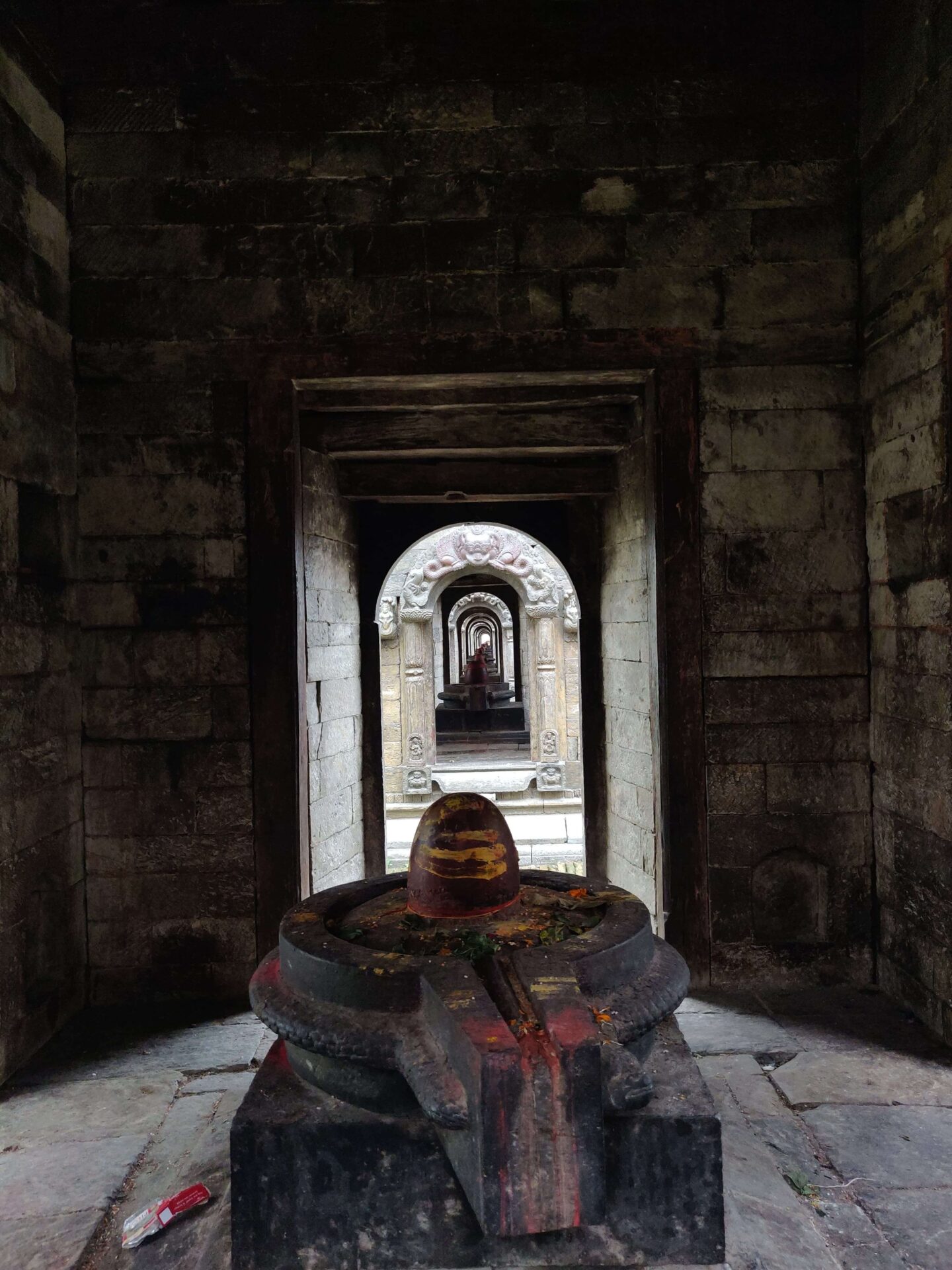
Delving into the rich tapestry of Maha Shivaratri, we uncover a fascinating intertwining of history and mythology. Let’s embark on this journey:
History of Shivaratri in Nepal
While the exact origin of Shivaratri celebrations in Nepal remains unclear, historical evidence suggests its deep-rooted presence. References to Shivaratri celebrations can be traced back to the 7th century, with inscriptions found on various Shiva temples across the country. The popularity of the festival likely grew alongside the rise of Shaivism, a prominent Hindu sect dedicated to Lord Shiva, which flourished in Nepal during the medieval period.
Origins and Legends of Shivaratri
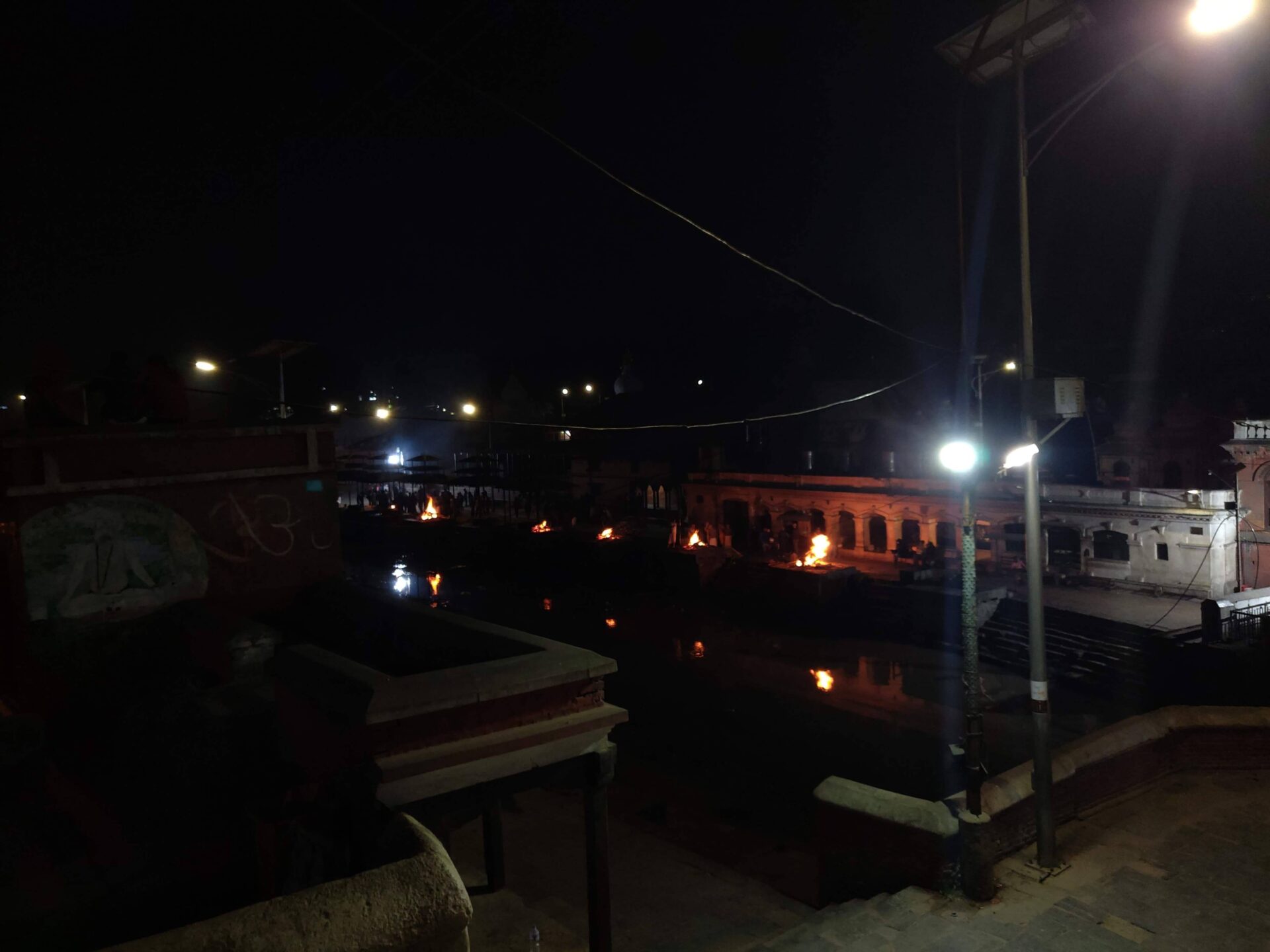
Maha Shivaratri’s origins are intricately woven with ancient Hindu mythology. Here are two widely known legends associated with the festival:
- The Story Behind the Festival
Among the tapestry of tales that adorn Shivaratri, the story of the Samudra Manthan or the churning of the Milky Ocean is perhaps the most evocative. It narrates the emergence of a pot of poison capable of destroying the universe and Shiva’s act of consuming this poison to protect creation. This act of divine sacrifice turned his throat blue, earning him the epithet ‘Neelkanth.’ Maha Shivaratri celebrates this momentous event, marking it as a night of salvation and grace.
- Who is Lord Shiva?

Shiva is a complex deity, embodying the qualities of a destroyer and a benefactor. He is the essence of the cosmic dance, the silent ascetic meditating on the snow-clad peaks of Mount Kailash, and the loving husband to Parvati. Shiva’s multifaceted nature is celebrated with various rituals, signifying his role as a protector, creator, and destroyer. The Shiva lingam, representing his formless aspect, becomes a focal point of worship, symbolizing the undying nature of the universe.
Pashupatinath Temple: The Epicenter of Celebrations
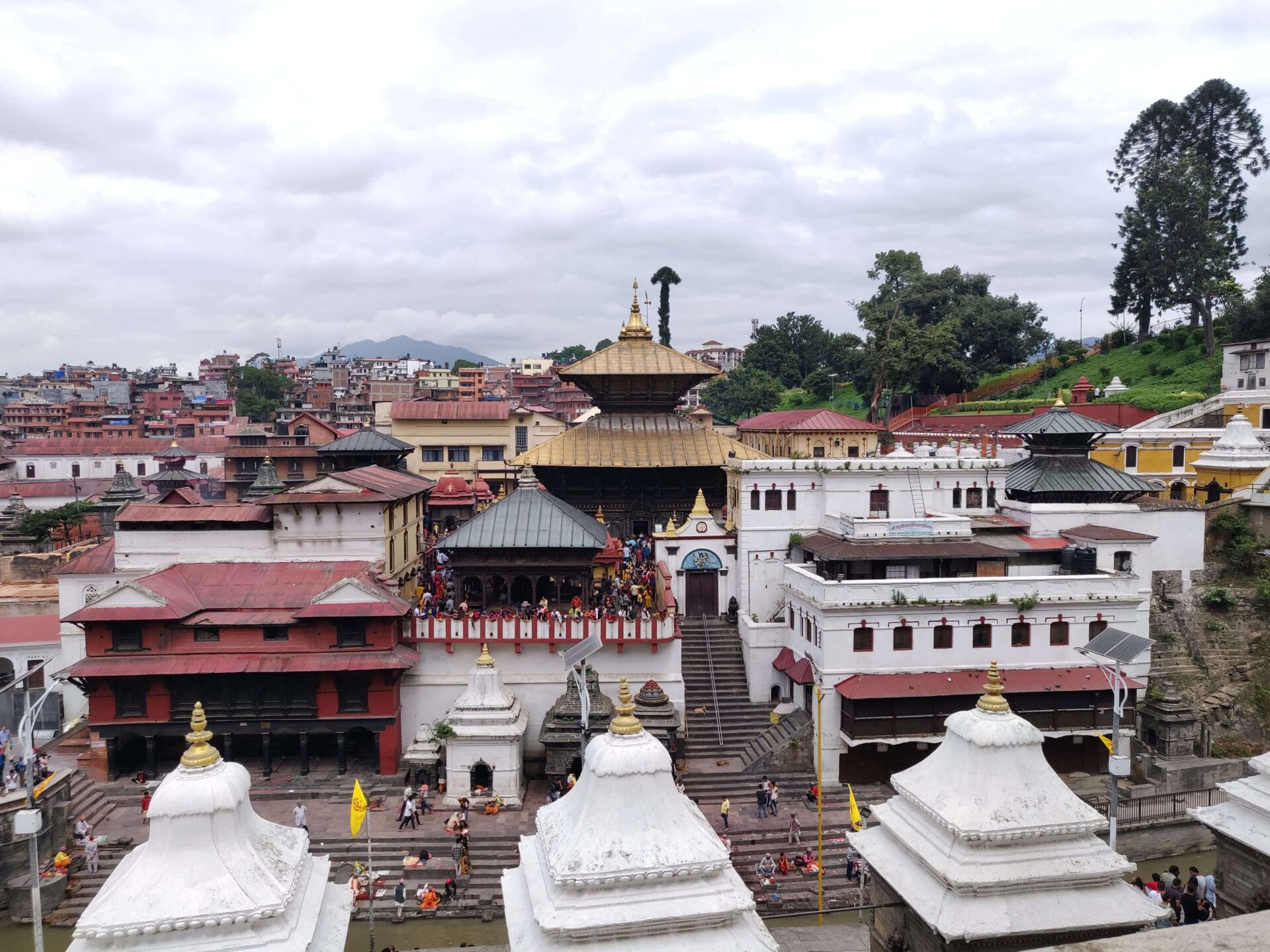
Nestled on the sacred banks of the Bagmati River in Kathmandu, lies Pashupatinath Temple – the undisputed epicenter of Maha Shivaratri celebrations in Nepal. Let’s explore its significance and role in this vibrant festival.
Overview of Pashupatinath Temple
Dating back to the 5th century CE, Pashupatinath Temple is a UNESCO World Heritage Site and the holiest Shiva shrine in Nepal. Its distinctive pagoda architecture, adorned with intricate carvings and gleaming gold plating, is a mesmerizing sight. The temple complex houses numerous shrines dedicated to various deities, including the main sanctum sanctorum housing the revered Shiva Linga.
- Location and Significance
Standing majestically on the banks of the Bagmati River, the Pashupatinath Temple is not just an architectural marvel but the spiritual heart of Maha Shivaratri celebrations in Nepal. This temple, one of the Jyotirlinga Shiva sites, encapsulates the essence of Hindu faith, drawing devotees to partake in the grandeur of the festival. Its historical and religious significance is unparalleled, offering a sanctuary for those seeking divine blessings and a deeper connection with the deity.
Role in Shivaratri Festival
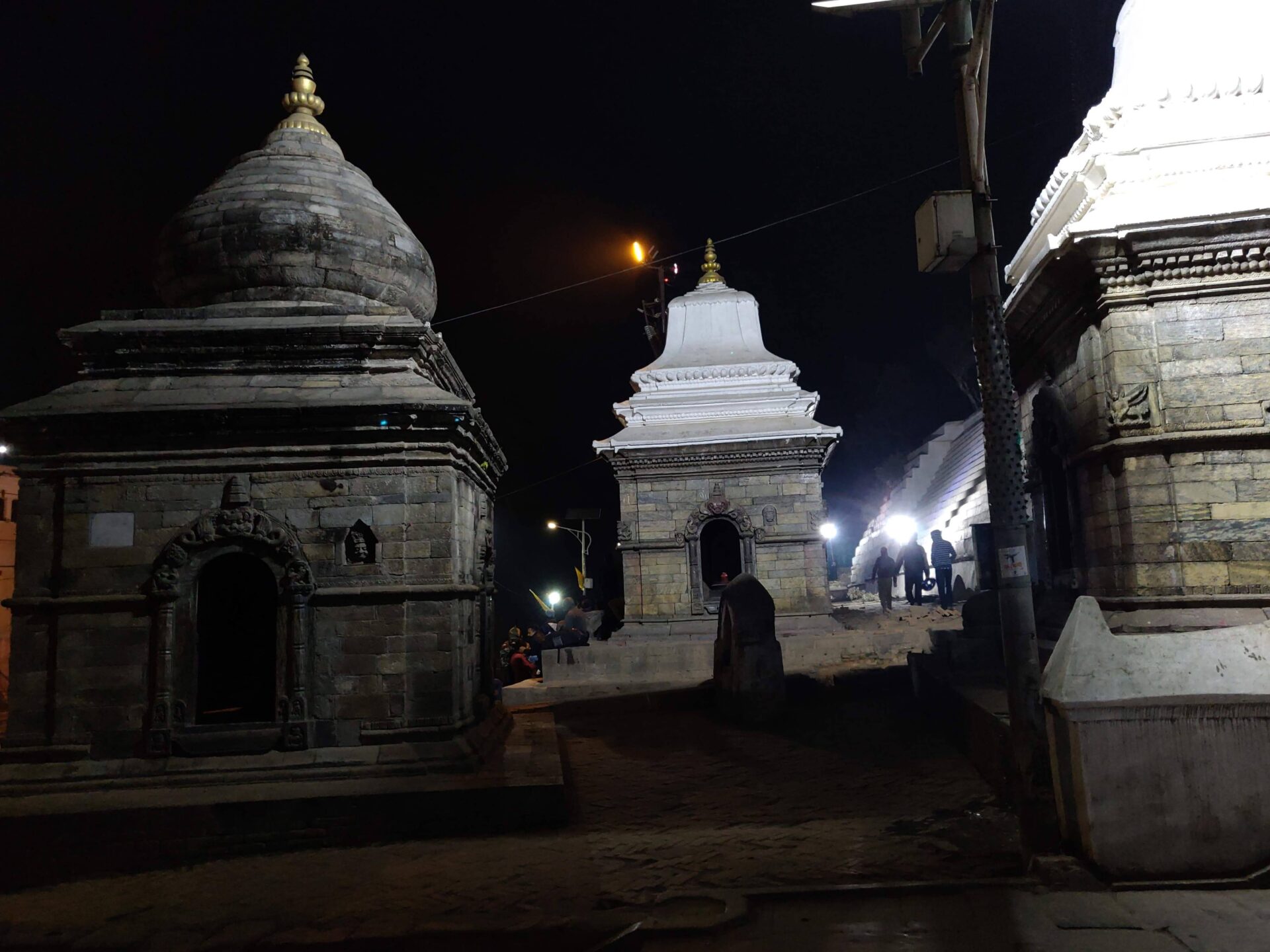
During Maha Shivaratri, Pashupatinath transforms into a beehive of activity, attracting thousands of devotees from Nepal and abroad. The temple becomes the focal point for the following:
- Major Celebrations and Rituals
Pashupatinath becomes a living tableau of devotion during Maha Shivaratri, with rituals that span the spectrum from the sacred baths in the Bagmati River to the vibrant processions of sadhus. The temple premises buzz with the energy of chants, prayers, and the ceremonial offerings of water, milk, and marijuana, believed to be favored by Shiva. The air is infused with a sense of divine presence, making it a pivotal experience for believers and visitors alike.
- Impact on Tourism and Conservation Efforts
The festival not only enriches the spiritual life of the devotees but also plays a significant role in boosting Nepal’s tourism. The influx of travelers, drawn by the allure of the festival and the ancient heritage of the Pashupatinath Temple, highlights the importance of conservation efforts. These efforts ensure that the temple’s architectural and cultural legacy is preserved, allowing future generations to partake in the timeless traditions of Maha Shivaratri.
Festivities and Traditions
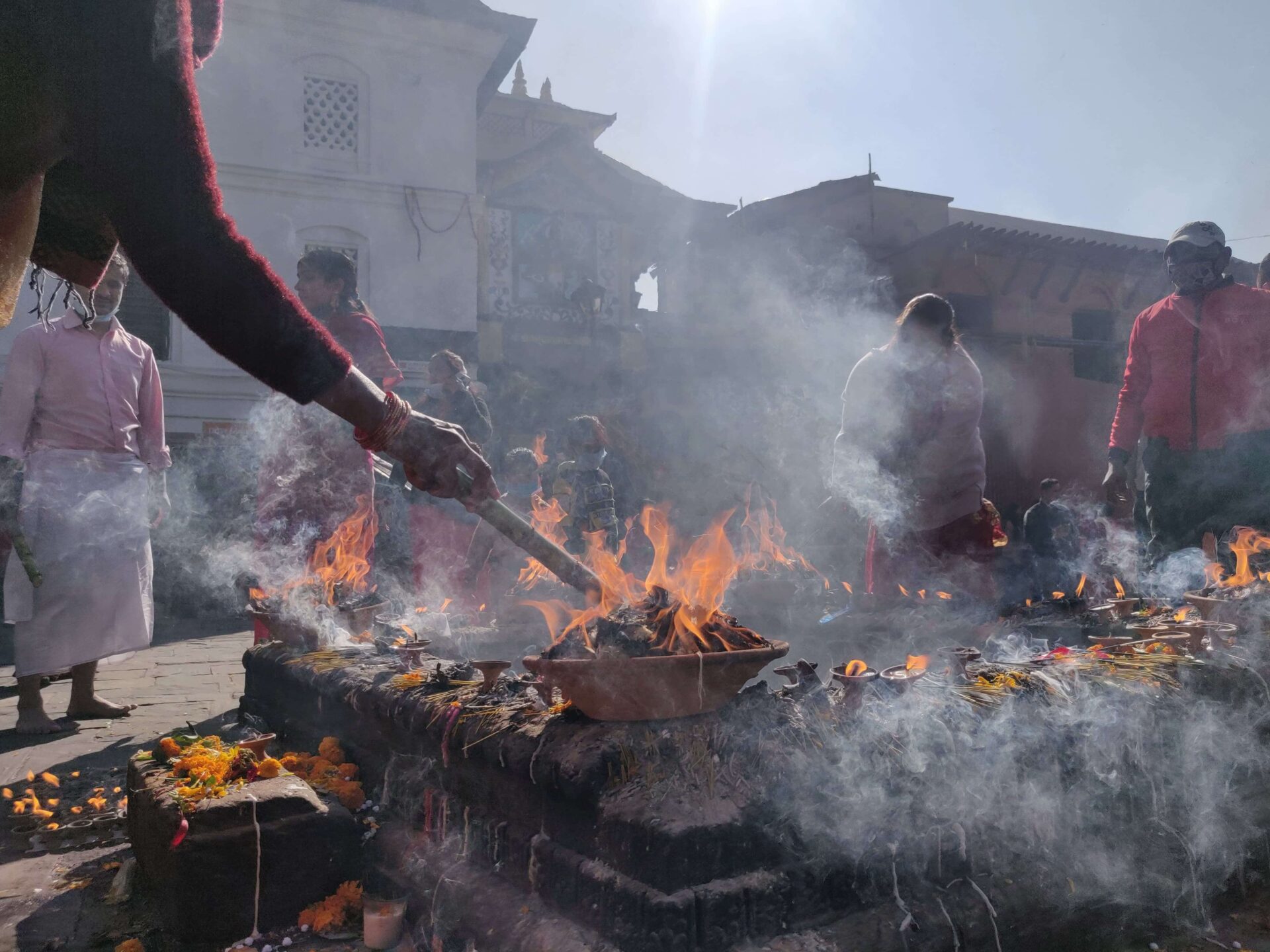
Maha Shivaratri unfolds like a vibrant tapestry woven with diverse rituals and traditions. Let’s explore the unique experiences offered at both Pashupatinath and beyond:
Rituals and Traditions at Pashupatinath
Witnessing the dedicated rituals at Pashupatinath during Maha Shivaratri is a truly immersive experience:
- Attend Maha Shivaratri Puja and Sandhya Arati
The rituals of Maha Shivaratri, particularly the Puja and Sandhya Arati at Pashupatinath, offer a spiritual odyssey like no other. Devotees engage in a night-long vigil, fasting, and performing the Puja, immersing themselves in the divine aura of Shiva. The Sandhya Arati, with its rhythmic chants and the flickering lights, creates a mesmerizing spectacle, encapsulating the ethereal beauty of the festival.
- Offerings and Meditations
The offerings made to Shiva during Maha Shivaratri are symbolic of the devotees’ devotion and respect. Milk, water, bel leaves, and cannabis are offered to the Shiva lingam, each element holding a special significance in the rituals. These offerings, coupled with meditations and chants, are believed to invoke Shiva’s blessings, paving the way for spiritual growth and liberation.
Celebrating Across Nepal
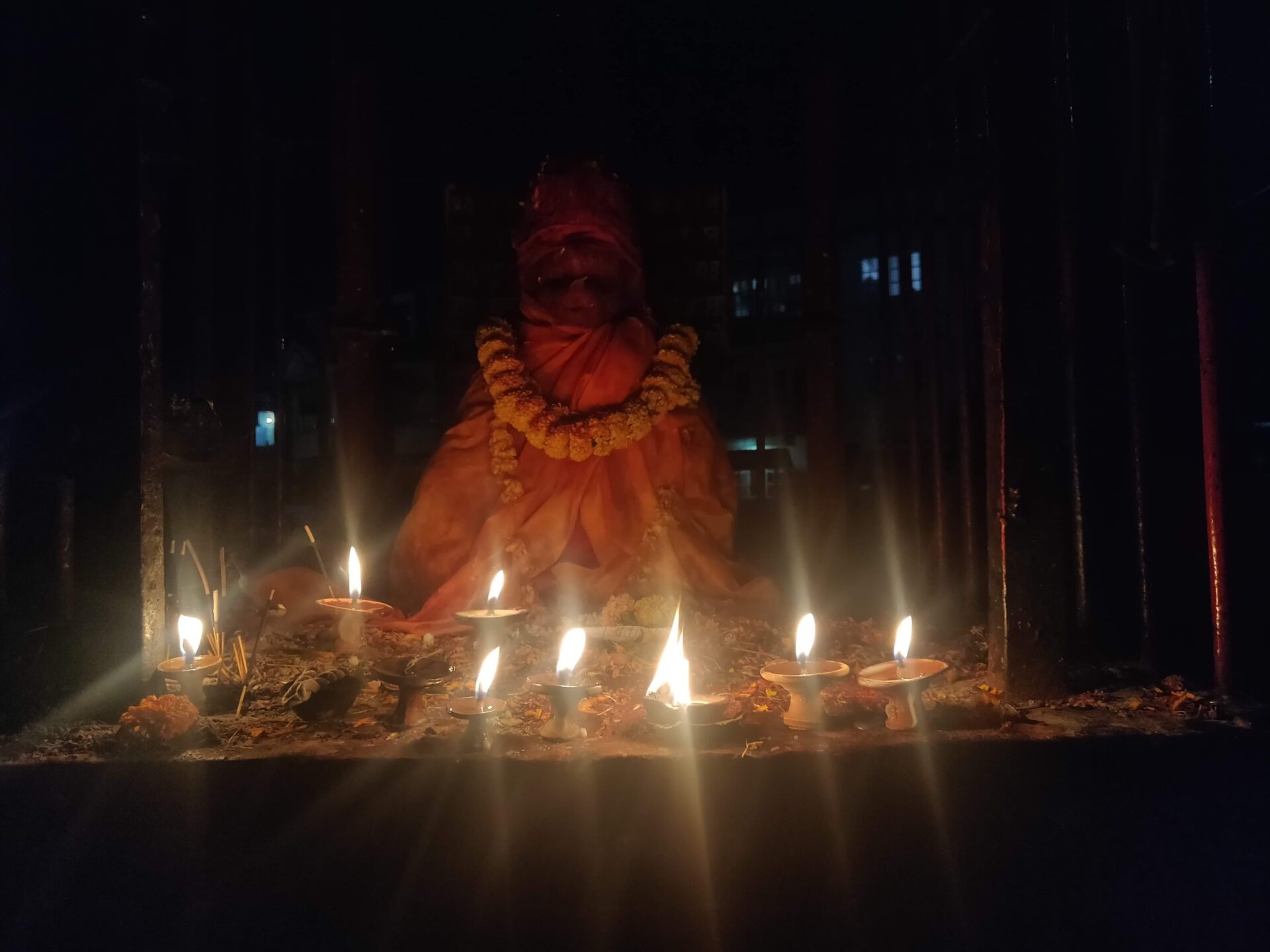
While Pashupatinath attracts the largest crowds, Maha Shivaratri is celebrated across Nepal in various ways:
- Kailashnath Mahadev and Other Shiva Temples (Mahadev Sanga, Bhaktapur)
While the Pashupatinath Temple remains the focal point, Maha Shivaratri’s vibrancy spreads across Nepal, touching every corner where Shiva is worshipped. The Kailashnath Mahadev statue, along with temples in Mahadev Sanga and Bhaktapur, becomes a hive of activity, each locale offering a unique perspective on the festival’s celebration. The regional variations in the festivities reflect the diverse tapestry of Nepal’s cultural and religious traditions, enriching the Maha Shivaratri experience.
- Regional Variations in Celebration
Maha Shivaratri’s celebration in Nepal showcases the rich diversity of Hindu practices and beliefs. From the grandeur of Pashupatinath to the serene celebrations in smaller temples, the festival adopts various hues, reflecting the local traditions and customs. This diversity not only adds depth to the festival but also illustrates the inclusive nature of Hinduism, embracing different forms of worship and expression.
Practical Guide for Attendees
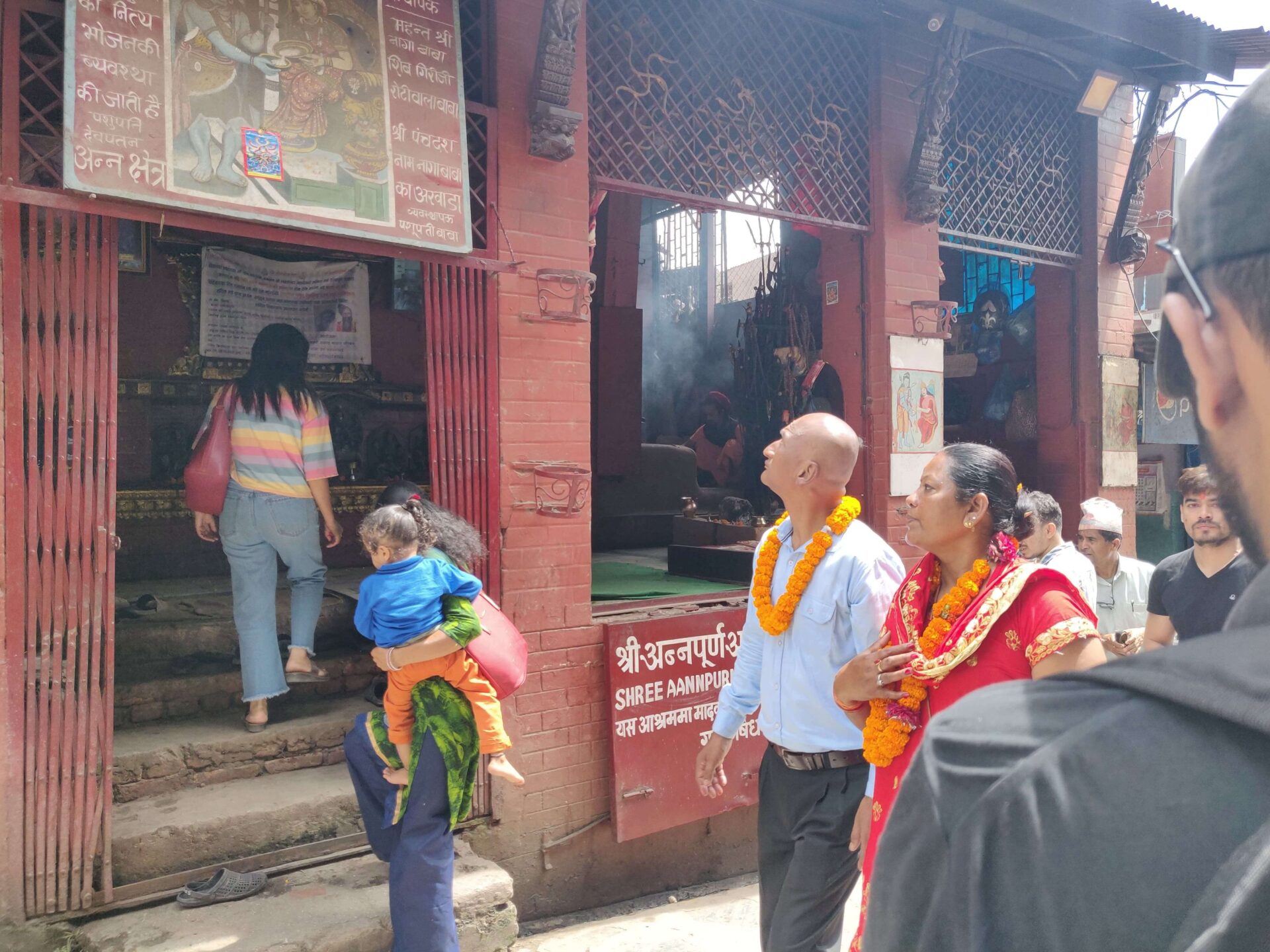
Planning to witness the magic of Maha Shivaratri firsthand? Here’s a practical guide to ensure a safe and enriching experience:
Traveler Tips for Shivaratri Festival: Lessons From My experience
- Managing Crowds and Safety
Maha Shivaratri draws massive crowds to the Pashupatinath Temple and other sacred sites, making it crucial for attendees to plan their visit carefully. Being mindful of personal safety, respecting the customs and sentiments of the devotees, and following local guidelines can enhance the festival experience. Opting for guided tours or seeking advice from local authorities can provide valuable insights into navigating the festivities.
- What to Do and See
- Plan your accommodation well in advance, as hotels tend to fill up quickly.
- Dress comfortably in lightweight clothing suitable for walking and navigating crowds.
- Carry essentials like water, sunscreen, and a hat, especially if visiting during the warmer months.
- Respect the sanctity of the festival and be mindful of local customs and traditions.
- Explore beyond Pashupatinath and experience the diverse celebrations in other parts of Nepal.
Date, Timing, and Future Prospects
Maha Shivaratri dates vary each year, following the lunar calendar. Future attendees should check the Hindu Festivals Calendar for exact dates. Looking forward, Maha Shivaratri is expected to continue thriving as a vibrant cultural celebration in Nepal. With its growing popularity among international tourists, the festival is also expected to contribute significantly to cultural exchange and tourism-driven development in the country.
- Shivratri in Nepal 2024
This year, Maha Shivaratri in Nepal falls on Friday, March 8th.
English Calendar : 2024-03-08
Nepali calendar: 2080-11-25
- Beyond Shivaratri: What Else Happens in Nepal on this date?
This day also coincides with:- International Women’s Day
- Nepal Army Day
Community and Impact
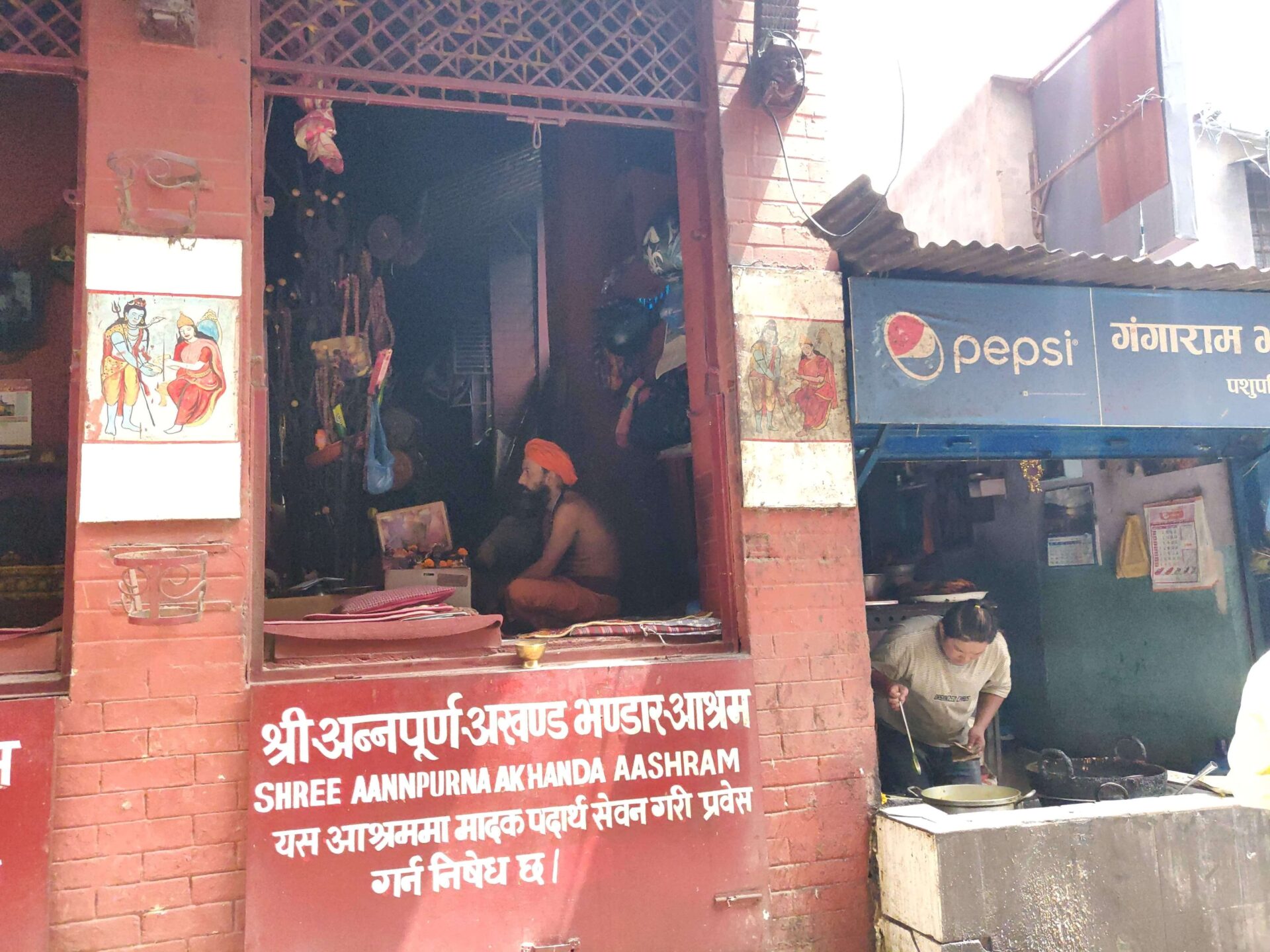
Maha Shivaratri goes beyond being a vibrant festival; it significantly impacts the Nepali community and its cultural heritage. Let’s delve into its social and cultural significance:
Maha Shivaratri and the Nepali Community
This festival serves as a powerful unifying force for the Nepali community:
- Strengthens social bonds: Families and friends gather, fostering connections and strengthening local communities.
- Preserves cultural heritage: Traditional music, dance, and rituals keep Nepal’s rich cultural tapestry alive and thriving.
- Promotes tolerance and respect: Diverse communities come together, celebrating their shared cultural heritage while respecting individual beliefs and practices.
Beyond Nepal’s borders, the diaspora community also celebrates Maha Shivaratri, fostering a sense of cultural continuity and belonging for Nepalis living abroad.
Challenges and Conservation Efforts
While Maha Shivaratri is a source of spiritual upliftment and cultural pride, it also presents challenges like
- Managing large crowds: Ensuring the safety and well-being of the massive crowds, particularly at Pashupatinath, requires careful planning and crowd management strategies.
- Balancing tradition and modernity: Striking a balance between preserving ancient traditions and adapting to modern needs is crucial for the festival’s continued relevance.
- Environmental concerns: Managing waste generated during the festival and ensuring sustainable practices are essential for maintaining the sanctity of the celebrations.
Efforts are underway to address these challenges:
- Improved infrastructure: Upgrading infrastructure around Pashupatinath has enhanced crowd management and safety measures.
- Sustainable practices: Initiatives like promoting reusable water bottles and eco-friendly waste disposal are being implemented.
- Community involvement: Engaging local communities in conservation efforts ensures the festival’s long-term sustainability.
EndNote
More than just a celebration, Maha Shivaratri in Nepal is a spiritual quest that fosters both individual and communal well-being. Through fasting and introspection, devotees seek inner peace and connection with the divine, while the gathering of diverse communities strengthens cultural identity and promotes tolerance. This vibrant testament to faith and tradition resonates as a powerful symbol of devotion, joy, and the timeless cycle of life embodied by Lord Shiva.
Frequently Asked Questions
What is the significance of Maha Shivaratri?
Maha Shivaratri, meaning “The Great Night of Shiva,” holds profound religious and cultural significance in Hinduism. It celebrates the day Lord Shiva performed the cosmic dance of creation, preservation, and destruction. The festival symbolizes the victory of light over darkness and the importance of overcoming ignorance and evil. Culturally, it unites people across different strata of society in Nepal, fostering a sense of community, devotion, and tradition. It’s a time for reflection, meditation, and offering prayers to Shiva, seeking blessings for health, prosperity, and liberation.
When and where is Maha Shivaratri celebrated?
Maha Shivaratri is celebrated on the 13th night and 14th day of the lunar month Phalguna, which typically falls in February or March according to the Gregorian calendar. The epicenter of the celebration in Nepal is the Pashupatinath Temple in Kathmandu, one of the holiest Shiva temples. This festival draws thousands of devotees from Nepal and around the world, including a significant number of sadhus who perform rituals and offer blessings to the attendees.
What are the main rituals and traditions observed during the festival?
During Maha Shivaratri, devotees engage in various rituals and traditions to honor Lord Shiva. Key rituals include fasting, night-long vigils, and the offering of water, milk, bel leaves, and cannabis to the Shiva lingam. Sadhus and pilgrims participate in holy baths in the Bagmati River, signifying purification. The Pashupatinath Temple hosts special Puja, Sandhya Arati, and rituals attracting thousands of devotees. Regional variations across Nepal also showcase unique traditions and celebrations, reflecting the diverse cultural tapestry of the country.
What are some tips for attending Maha Shivaratri as a visitor?
Visitors attending Maha Shivaratri should prepare for large crowds and a spiritually charged atmosphere. Dress conservatively and respect local customs and traditions. It’s advisable to arrive early at Pashupatinath or other temples to observe the rituals. Engaging respectfully with the local community and sadhus can enrich the experience. Visitors should also ensure they stay hydrated, keep personal belongings safe, and be mindful of the sanctity of the festival and its significance to the devotees.
How does Maha Shivaratri impact the Nepali community?
Maha Shivaratri serves as a unifying force within the Nepali community, promoting cultural preservation and bringing together people from various backgrounds in a shared celebration of faith and tradition. It’s a significant occasion for collective prayer, reflection, and renewal, strengthening community bonds and cultural identity. The festival also plays a crucial role in connecting the Nepali diaspora with their roots, as they participate in celebrations worldwide, fostering a sense of belonging and unity among Nepalese people globally.
What is so special about Pashupatinath Temple?
Pashupatinath Temple, located on the banks of the Bagmati River in Kathmandu, Nepal, is one of the most significant Hindu temples dedicated to Lord Shiva. Its uniqueness lies in its rich historical, religious, architectural, and cultural significance, making it a revered site for devotees and a fascinating destination for visitors from around the globe. Here are some aspects that make Pashupatinath Temple special:
Significance:
- Holiest Shiva temple globally, attracting devotees & serving as a Shakti Peetham.
Architectural Marvel:
- Two-tiered golden roof, silver doorways, and centuries-old structures showcase rich heritage.
Cultural Hub:
- Reflects Nepalese traditions through ceremonies like cremations along Bagmati River.
Spiritual Atmosphere:
- Serene environment for meditation, prayer, and reflection, enhanced by Sadhus.
UNESCO World Heritage Site:
- Recognized for outstanding universal value, representing human creativity and cultural harmony.
Wildlife & Environment:
- Home to deer and monkeys, with ongoing conservation efforts.
Educational & Research Center:
- Offers insights into Hinduism, Nepalese history, culture, and architecture.
Why people don’t sleep during Shivaratri?
The tradition of staying awake during Shivaratri, particularly Maha Shivaratri, is deeply rooted in Hindu religious practices and beliefs. On this auspicious night, devoted to Lord Shiva, people observe a strict fast and perform the Shivaratri Vigil by staying awake all night. This practice is known as Jagaran, which literally means ‘awakening’. Here are several reasons why people choose not to sleep during Shivaratri:
Spiritual Awakening & Purification:
- Break free from ignorance, purify soul, mind, and body, aiding journey towards moksha.
Devotion to Lord Shiva:
- Express devotion and love, seeking blessings for wellness and prosperity.
Mythological Significance:
- Honor Shiva’s sacrifice by consuming poison, saving the world.
Amplified Spiritual Practices:
- Enhance meditation, chanting, and reflection for deeper connection with the divine.
Absorption in Shiva Consciousness:
- Immerse in Shiva’s thoughts through mantras, hymns, puja, and rituals, seeking inner peace, strength, and enlightenment.
Community & Fellowship:
- Foster unity and fellowship among devotees in a shared spiritual experience.
Mirroring Shiva’s Attributes:
- Emulate Shiva’s qualities of detachment, compassion, and resilience through the night-long vigil.
maha shivaratri in nepal nepal shiva festival shivaratri shivaratri in nepal

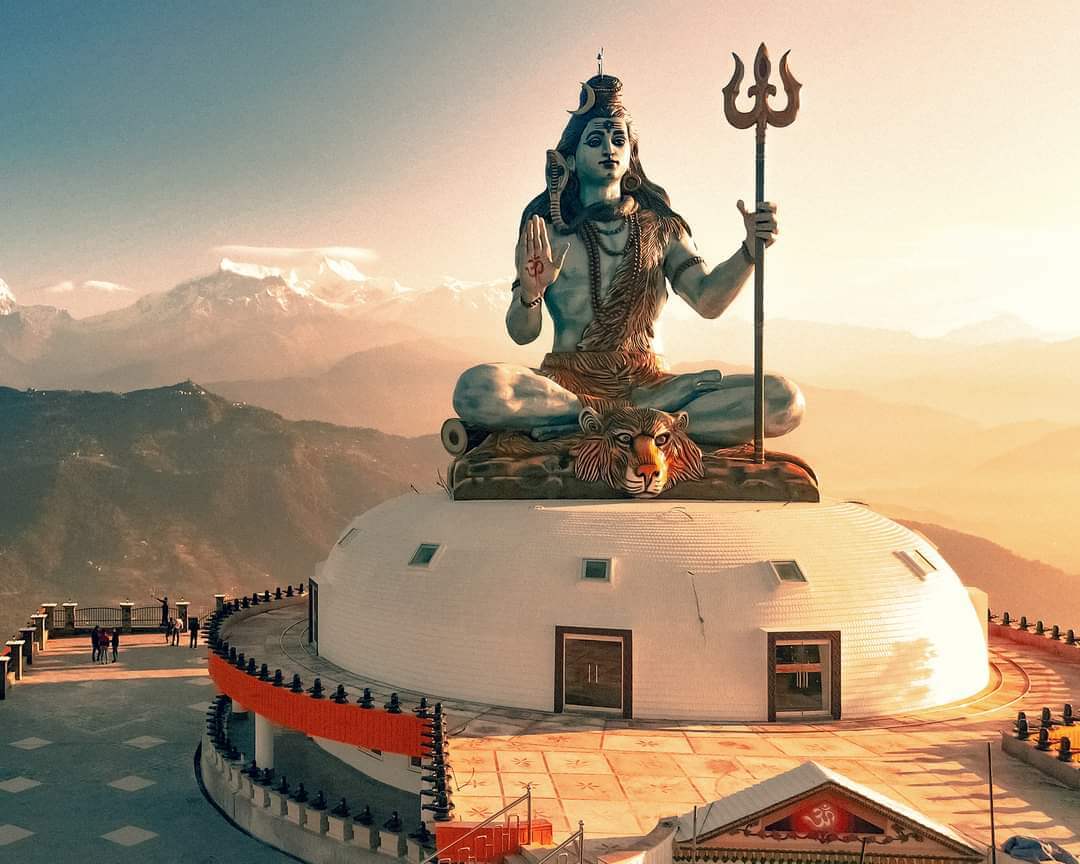
Previous Next